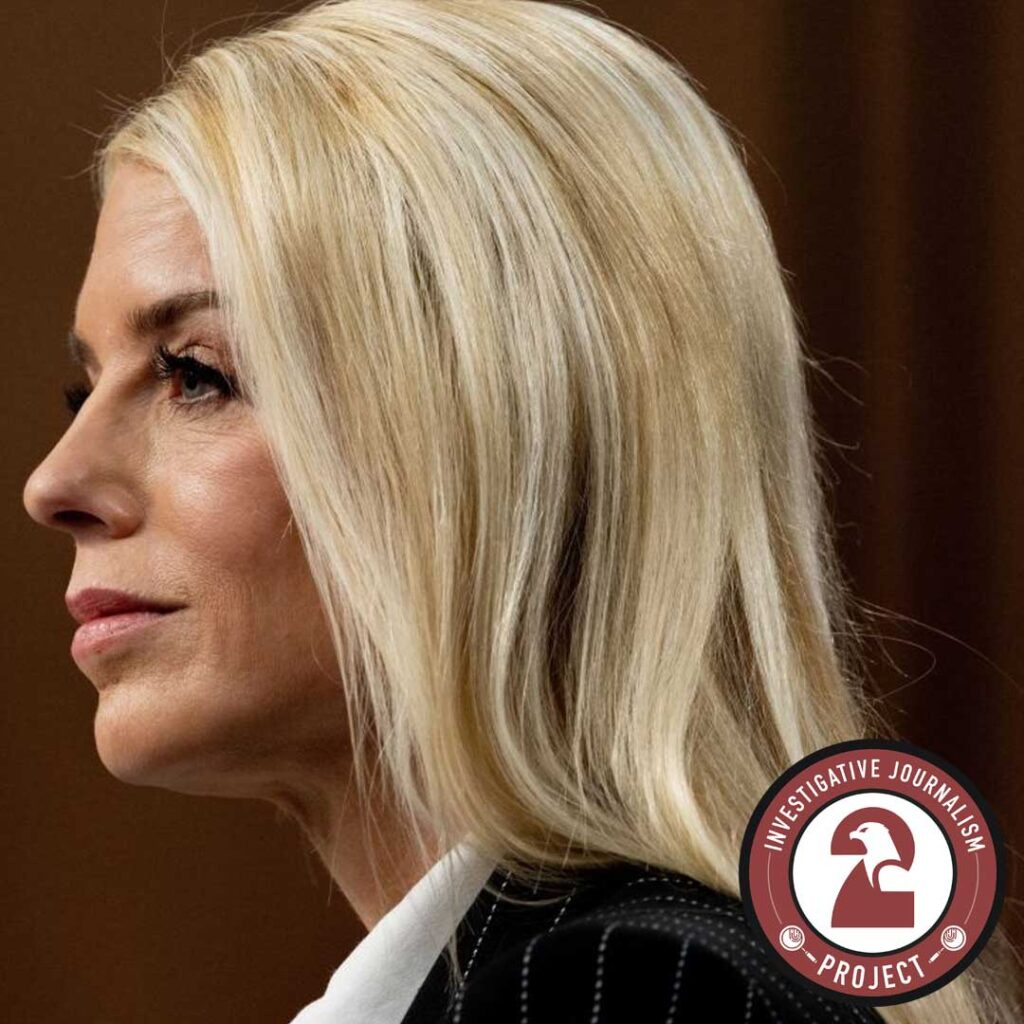by Lee Williams
The U.S. Justice Department’s Special Litigation Section describes itself merely as one of several sections working within the Civil Rights Division.
In truth, they are much more than that.
The Special Litigation Section was created to protect people in several areas, including those in jails or prisons, individuals with disabilities, confined youth and “people who interact with state or local police or sheriffs’ departments.”
This last bit is why Attorney General Pam Bondi told the Justice Department to investigate the Los Angeles Sheriff’s Department for violating their residents’ Second Amendment rights. The DOJ will definitely send in its Special Litigation Section. They are pros at investigating cops, and Bondi hinted they may have more agencies to review.
“As part of a broader review of restrictive firearms-related laws in California and other States, the Department of Justice’s Civil Rights Division today announced an investigation into the Los Angeles County Sheriff’s Department to determine whether it is engaging in a pattern or practice of depriving ordinary, law-abiding Californians of their Second Amendment rights,” Bondi’s press release states.
Los Angeles County Sheriff Robert G. Luna, who became the department’s 34th Sheriff just 17 months ago, has more than 17,000 staffers, sworn and non-sworn. Luna became sheriff after a 36-year career at the Long Beach Police Department, where he served as Chief. However, should the Special Litigation Section get the case, there is absolutely nothing he can do to prevent them from determining whether his staff were, as Bondi described in her press release, “engaging in a pattern or practice of depriving ordinary, law-abiding Californians of their Second Amendment rights.”
Sheriff Luna may try to slow the federal investigators’ progress and keep them from finding and reporting the truth, which would be futile. What Bondi didn’t say is that the Special Litigation Section has never lost a case – not a single one.
When the Section has completed its investigation, which can take months or even years, they present the Sheriff or Chief of Police with two documents: a federal complaint and a consent decree. The two documents are virtually identical except for their titles. If the chief law enforcement executive doesn’t sign the consent decree and agree to make substantive changes to their agency, the investigators file the complaint in federal court where, as stated, they always win.
Bondi was very clear about the allegations she believes were committed by the LASD. Their deputies can take more than 18 months to process concealed handgun license applications. She pointed out that the U.S. Supreme Court has strengthened the Second Amendment, which it considers a “fundamental, individual constitutional right,” but the LASD still has issues.
“This Department of Justice will not stand idly by while States and localities infringe on the Second Amendment rights of ordinary, law-abiding Americans,” Bondi said. “The Second Amendment is not a second-class right, and under my watch, the Department will actively enforce the Second Amendment just like it actively enforces other fundamental constitutional rights.”
Regan Rush, Special Litigation Section Chief, did not respond to emails seeking her comments for this story.
Much of how her staff operates in withheld from the public, but the best way to judge the Section’s effectiveness is by taking a close look at how they operated in the past.
Previous consent decrees
In March 2003, I was an investigative reporter at the Virgin Islands Daily News. I wrote “Deadly Force–A Special Investigative Report,” which was 44-pages long and examined the Virgin Islands Police Department’s shootings from January 1985 to December 2003.
It found:
- In the 85 shooting incidents reviewed, 65 of the victims were unarmed.
- The 85 police shootings resulted in the deaths of 28 people.
- Only 17 of the 72 people who were shot at by the police and survived were charged.
- VIPD records unit lacked information about involved officers and shooting victims and the findings of any investigation into the shootings.
- VIPD employed an outdated use of force policy that failed to provide officers with clear guidelines regarding the circumstances under which the use of deadly force would be justified and included illegal guidance indicating that deadly force could be used to protect property.
- Although VIPD required officers to pass an annual firearms certification examination, VIPD had not conducted annual weapons certifications for more than two years.
- In at least six cases VIPD officers shot at moving vehicles.
This Justice Department did not like the special report’s findings at all.
“The report included descriptions of 77 cases in which either officers had allegedly pointed or fired their weapons under questionable circumstances or the case files related to the shooting incidents contained little or no information reflecting that any investigation of the use of force was conducted. The report also summarized 20 cases in which VIPD officers, often off-duty at the times of the incidents, brandished or fired weapons during personal arguments or fights,” the DOJ said in a press release. “The disturbing and unflattering portrait presented by the ‘Deadly Force’ report was one of a police department whose officers were poorly trained, too quick to use firearms, and immune from serious consequences for improper and in some cases illegal uses of deadly force. The article called for various actions to be taken in response to its findings, including an investigation by the Special Litigation Section of DOJ’s Civil Rights Division.”
The Special Litigation Section and the VIPD signed a consent decree a few years after the news was published. However, today – more than 22 years after the first story was published – the VIPD still remains under close federal supervision because they have not made adequate changes to a series of consent decrees to end the civil case.
Two consent decrees in Delaware had opposite results. Delaware’s state government was able to make changes and avoid decades of federal inspections and supervision for problems I found in its prison system and psychiatric center, which it cleaned up in just a few years.
How LASD’s Sheriff Luna will respond is not yet known, but it may be difficult for him. The best advice is to quickly realize he is no longer in charge. The DOJ is. Hopefully, he will stop his deputies from depriving residents of their Second Amendment rights.
If Sheriff Luna doesn’t act soon, he may become just another unemployed top lawman who lost his job because he underestimated the Justice Department’s little-known but powerful Special Litigation Section.


